When it comes to burning fat, most people focus on cardio, strength training, and diet. But what about stretching? Could something as simple as stretching—static or dynamic—play a role in fat loss? And if so, which type is more effective?
In this article, we’ll break down the science behind static and dynamic stretching, explore their roles in fat burning, and provide actionable steps to integrate the right stretching techniques into your fitness routine—with clear progress checks to keep you on track.
Before diving into fat loss, it’s important to understand the difference between static and dynamic stretching.
Static stretching involves holding a stretch in a fixed position for a period of time—typically 15 to 60 seconds. Examples include touching your toes or holding a hamstring stretch. This type of stretching is best done after a workout when muscles are warm, as it helps improve flexibility and reduce muscle tension.
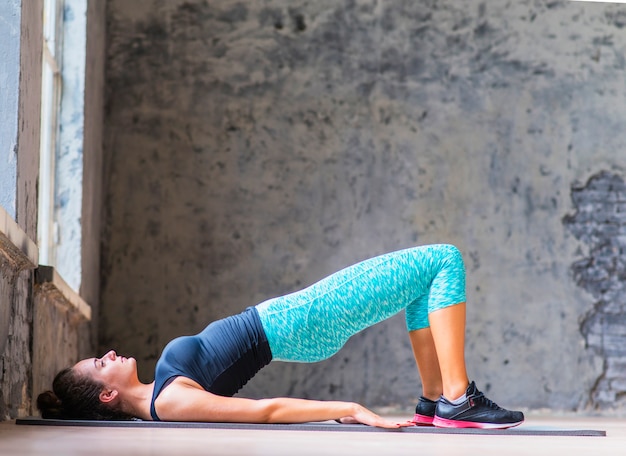
Dynamic stretching uses controlled movements to take your muscles through their full range of motion. Think leg swings, arm circles, or walking lunges. Unlike static stretching, dynamic stretches are active and are ideal as a warm-up before exercise to increase blood flow and prepare the body for movement.
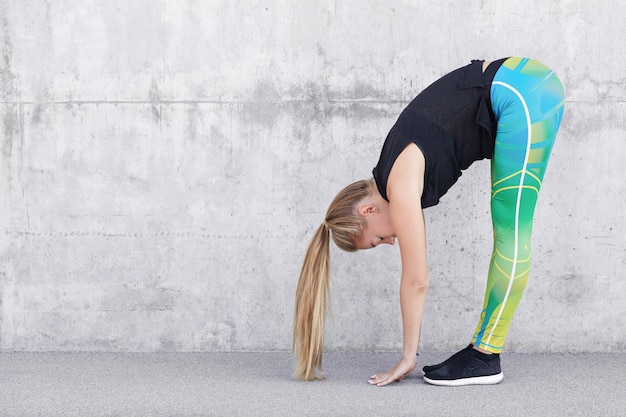
Stretching alone does not burn significant calories. A 30-minute session of static stretching might burn only 60–80 calories—far less than running or weight training. However, stretching plays a supportive role in fat loss by improving mobility, reducing injury risk, and enhancing workout performance.
Here’s how each type contributes:
While neither type directly burns large amounts of fat, dynamic stretching has a more direct impact. By enhancing performance during fat-burning workouts like HIIT or strength training, it helps you push harder and burn more calories.
Static stretching, on the other hand, supports long-term consistency by improving flexibility and reducing injury risk. According to research, aiming for 10 minutes of stretching per muscle group per week can improve flexibility over time—helping you maintain an active lifestyle.
Here’s how to use stretching strategically in your fat-loss journey:
Before any workout, spend 5–10 minutes on dynamic stretches. This primes your nervous system and muscles for activity.
Try this routine:
Follow your dynamic warm-up with a calorie-torching session such as:
After your workout, perform static stretches to improve flexibility and aid recovery.
Focus on major muscle groups:
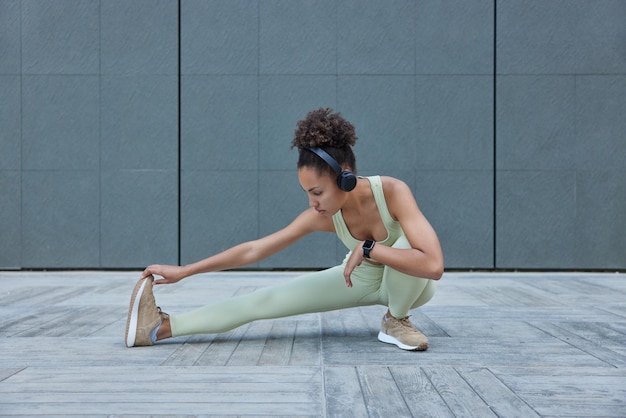
To ensure your routine is helping you burn fat, track these key indicators weekly:
| Metric | Goal | Check Frequency |
|---|---|---|
| Workout Performance | Increase intensity or duration | Weekly |
| Flexibility | Touch toes without bending knees | Bi-weekly |
| Body Measurements | Waist, hips, chest reduction | Monthly |
| Resting Heart Rate | Gradual decrease | Monthly |
While stretching alone won’t melt fat, dynamic stretching enhances your ability to perform high-calorie-burning workouts, and static stretching supports recovery and long-term consistency. Together, they create a foundation for sustainable fat loss.
Focus on using dynamic stretches as a warm-up and static stretches post-workout. Combine this with a balanced diet and regular exercise, and track your progress using measurable goals. Over time, you’ll see improvements in both fitness and body composition.
Consistency, not intensity alone, leads to lasting results.

Fitness

Fitness

Fitness

Fitness
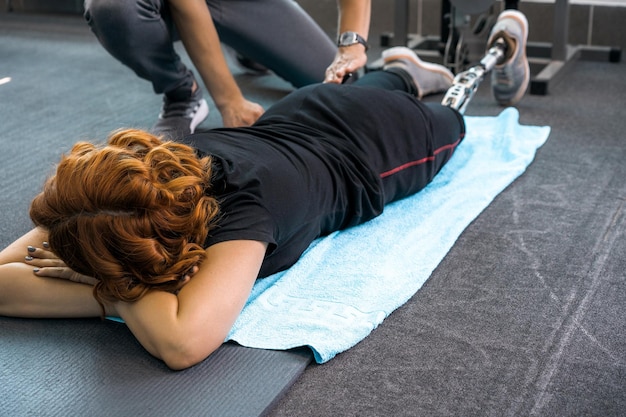
Fitness

Fitness

Fitness

Fitness
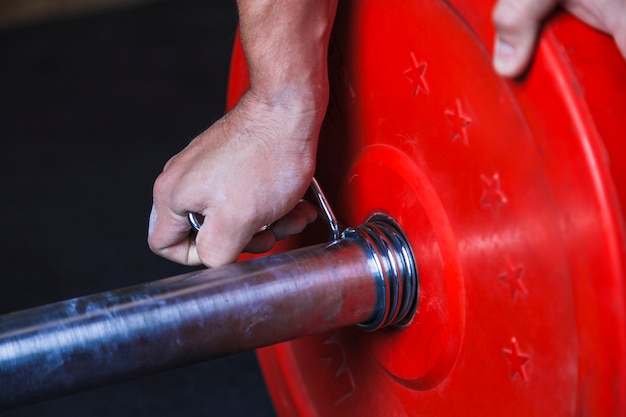
Fitness
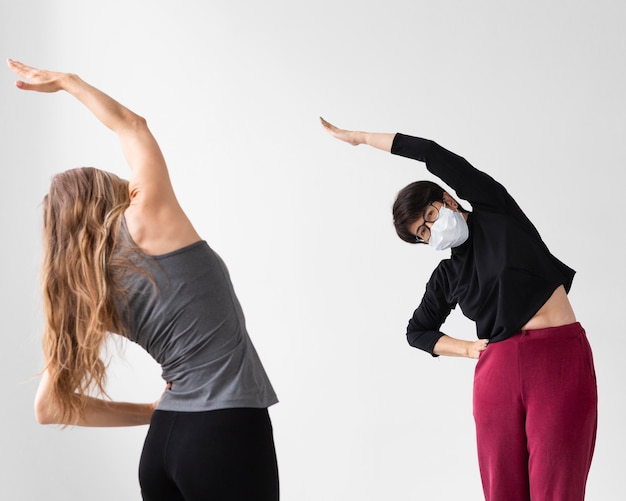
Fitness
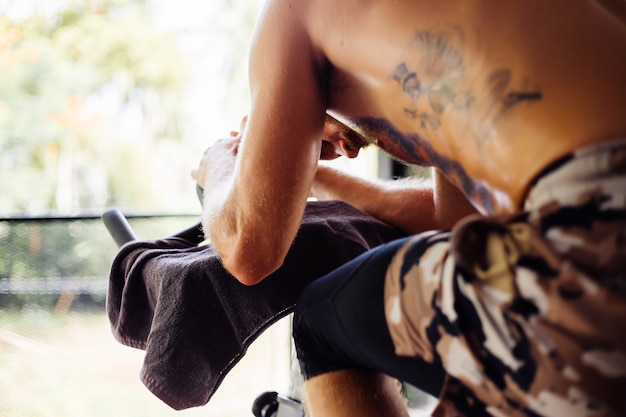
Fitness

Fitness

Health

Fitness

Health

Health